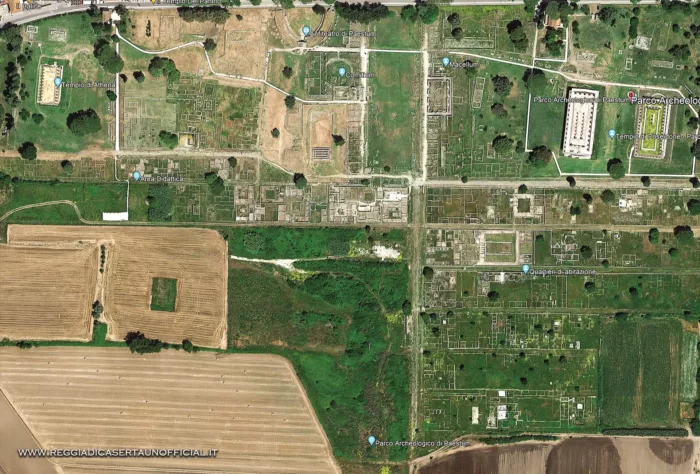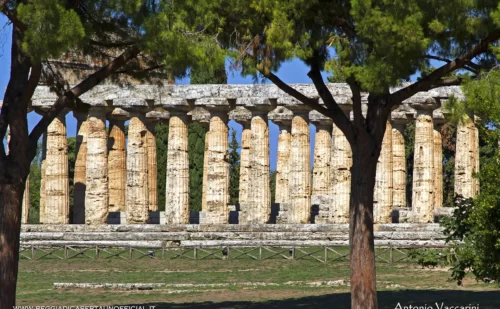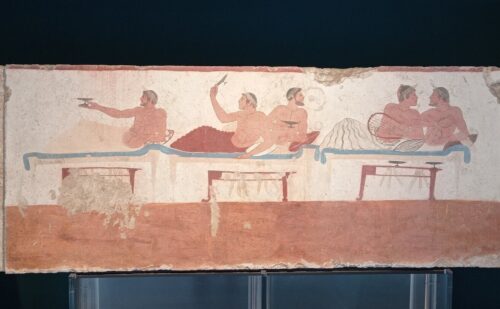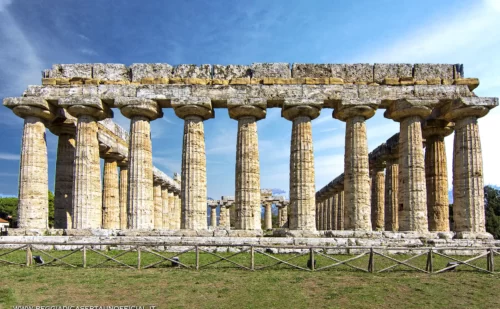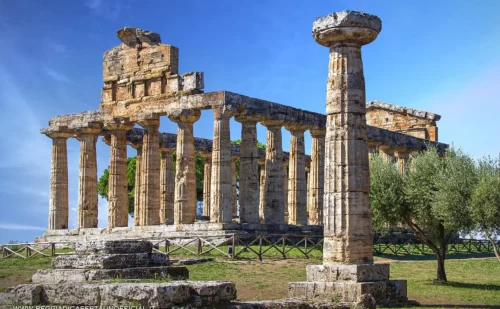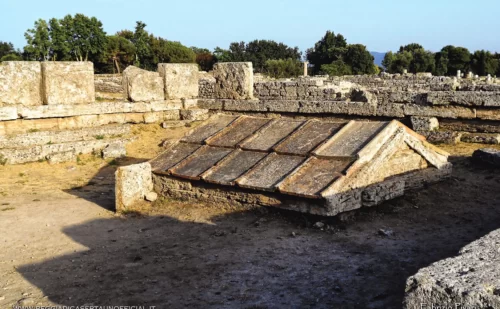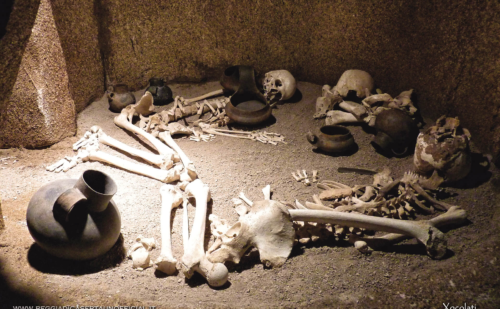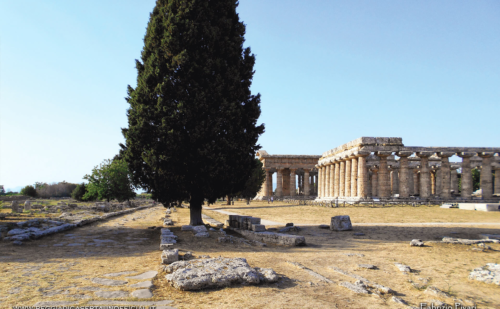The Archaeological Park of Paestum, cradle of Neoclassicism, is a UNESCO World Heritage Site
Paestum, a city in the province of Salerno, is the Roman name of the ancient and powerful city of Poseidònia (city sacred to Poseidon, god of the sea. The city was built at the beginning of the 7th century BC as a colony of Sibari, in turn founded by populations Greeks of Achaean origin around 720 BC Fortified and equipped with 4 gateways, the city had a regular structure and a dense network of perpendicular minor roads.It was a rich trading center even after the Lucanian conquests (end of the 5th century) and Roman times (273 BC).The barbarian invasions, the destruction carried out by the Saracens (9th century), the swamping of the plain, led to the total abandonment of the town up towards the middle of the 18th century.
The Archaeological Park of Paestum in the eighteenth century became a fundamental destination of the Grand Tour, and had an extraordinary impact on the culture of the eighteenth century, generating changes that helped lay the foundations of our contemporary society. Paestum in summary
The ticket office closes at 6.30pm
FROM DECEMBER TO FEBRUARY
- Full price: €6.
- Reduced (children aged 18 until they turn 25): € 2.
- Family (2 adults + one or more children up to 25 years of age): €10.
MARCH TO NOVEMBER
- Full price: €12.
- Reduced (children aged 18 until they turn 25): € 2.
- Family (2 adults + one or more children up to 25): €20.
Via Magna Grecia, 919 – 84047
Capaccio Paestum (SA)
- WEBSITE: https://museopaestum.cultura.gov.it/
- PHONE: 0828 81 10 23
- EMAIL: pa-paeve@cultura.gov.it
- PEC: pa-paeve@pec.cultura.gov.it
What to see in Paestum
Archaeological Museum
The museum has artifacts of Greek origin between the 7th and early 6th century BC. until birth of the Roman city. Famous is the fresco in the Tomb of the Diver, the only surviving example of Greek painting from Magna Graecia.
Orari di ingresso al Museo Archeologico di Paestum: 8:30 - 19:30
La biglietteria chiude alle 19:00
La biglietteria chiude alle 18:30
DA DICEMBRE A FEBBRAIO
- Intero: € 6.
- Ridotto (ragazzi dai 18 anni fino al giorno del compimento del 25esimo anno d’età): € 2.
- Famiglia (2 adulti + uno o più bambini e ragazzi fino a 25 anni): € 10.
DA MARZO A NOVEMBRE
- Intero: € 12.
- Ridotto (ragazzi dai 18 anni fino al giorno del compimento del 25esimo anno d’età): € 2.
- Famiglia (2 adulti + uno o più bambini e ragazzi fino a 25 anni): € 20.
Temple of Neptune
The Temple of Neptune is the most extraordinary testimony of classical architecture. It is the largest among the three temples present at
Paestum and is the best preserved of the
Great Greece.
Temple of Hera
Also known as Basilica, it is dedicated to Hera, wife of Zeus and main divinity of Poseidonia. The missing part was in painted terracotta with fake gutters in the shape of a lion’s head and with antefixes
in the shape of a palmette
Temple of Athena
The second temple by construction period, the Temple of Athena has the particularity of having the frieze in large blocks of limestone and the very high pediment.
Amphitheater
From the Roman era (about 50 BC), it is one of the oldest amphitheatres ever. Initially built without the external ring (added at the end of the 1st century AD), it retains a few steps from the bleachers for the public.
Agora
The 10-hectare Agora was the political heart of the city. Inside there were public monuments
most representative: the Heroon, the Ekklesiasterion, the Temple of Zeus Agoraios.
Heroon
The monument (520-510 BC) is probably the cenotaph for the founding hero (ecista) of Poseidonia.
After becoming a Roman city, the building was buried, but as a sign of respect it was surrounded by a fence.
Ekklesiasterion
The building intended for the assembly of citizens (480-470 BC). It could accommodate up to 1700 people. Its use continued throughout the Lucan age (until 273 BC), but not in the Roman phase of the city.
Necropolis of Gaudo
Paestum is surrounded by many necropolises such as, for example, the Necropolis of Gaudo. There are tombs dating back to prehistoric times.
Pool
Remains of the Roman sanctuary of Fortuna Virilis dedicated to the goddess Venus where fertility rites were performed. Here the women gave birth by immersing themselves in the waters praying to the goddess.
The Forum
In ancient times the Forum was not only the place of commerce, but also the area where voting took place. In the imperial age the area was surrounded by arcades.
Sacred Street
The Via Sacra is so called because it is also used
during religious processions. Wide 9
meters, has a typically Roman appearance like those of Pompeii. On either side were the city’s living quarters.
Activities and things to do in Paestum
Find out what to do in the Archaeological Park of Paestum

